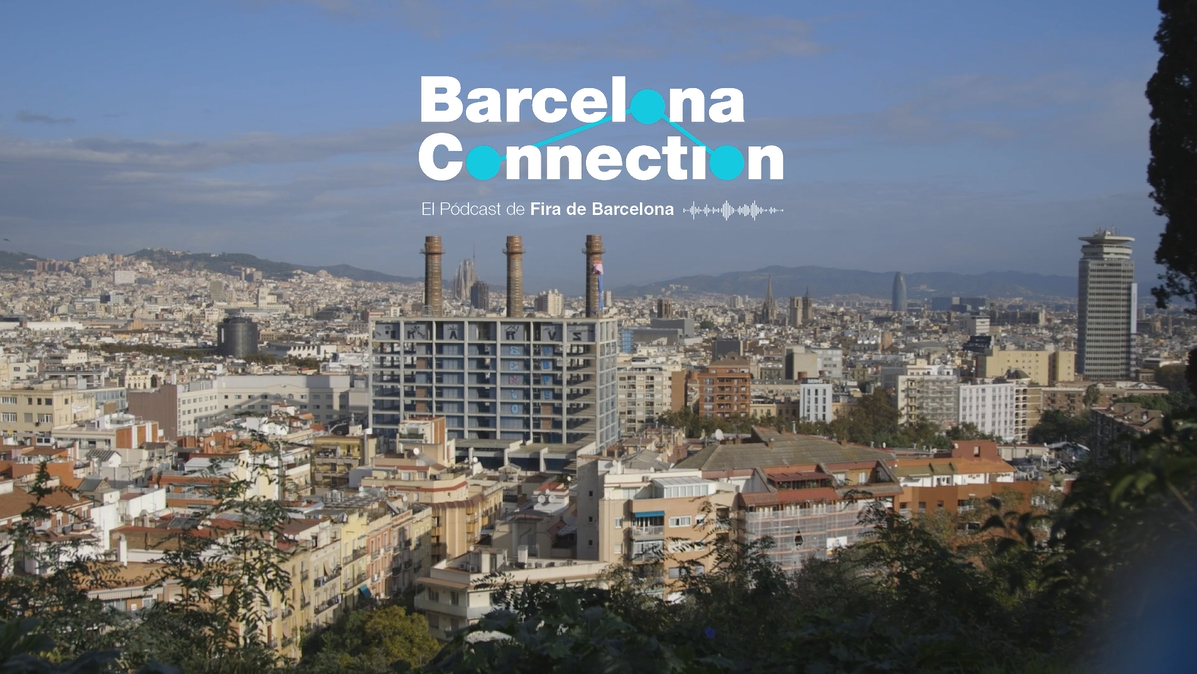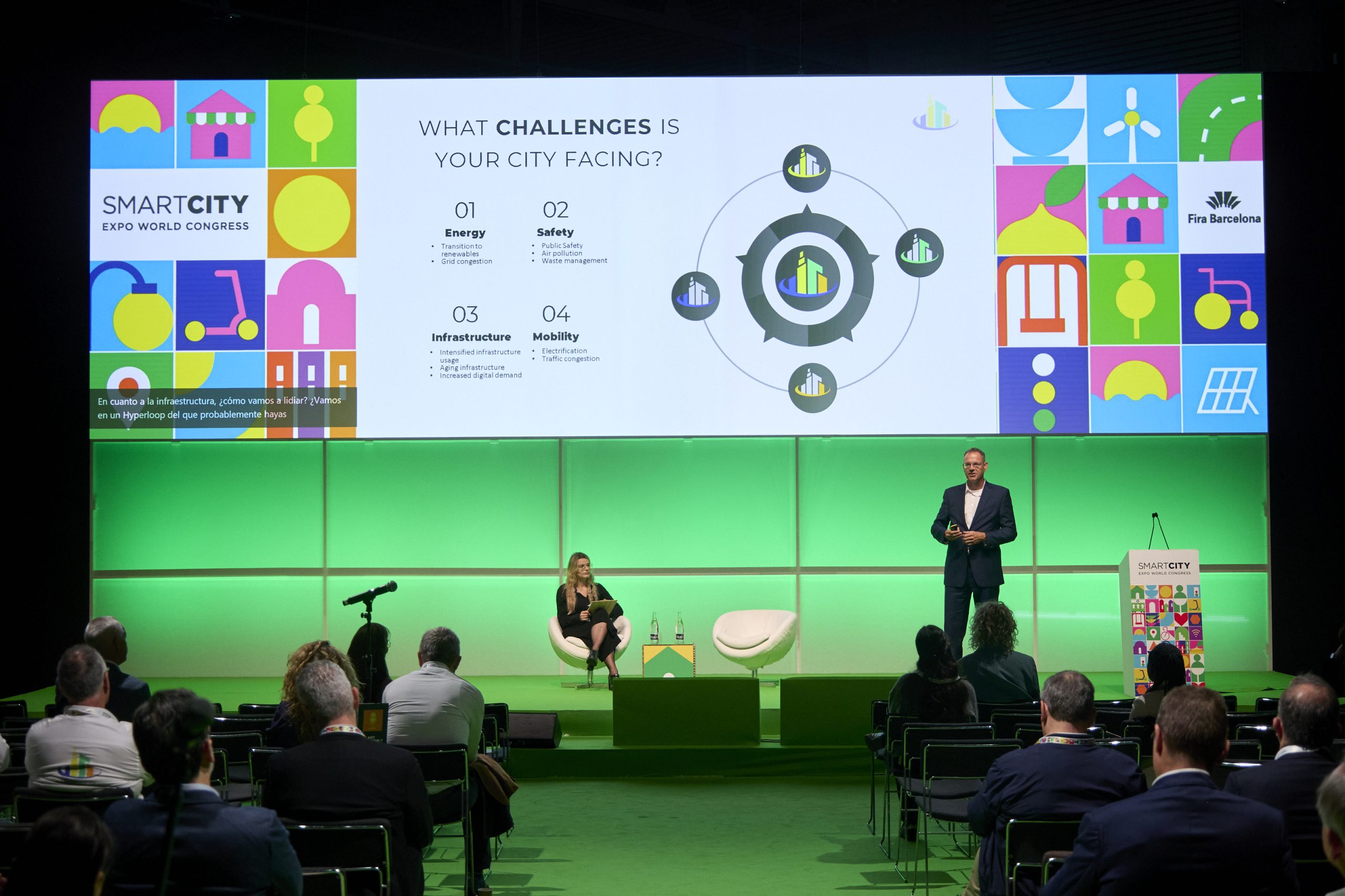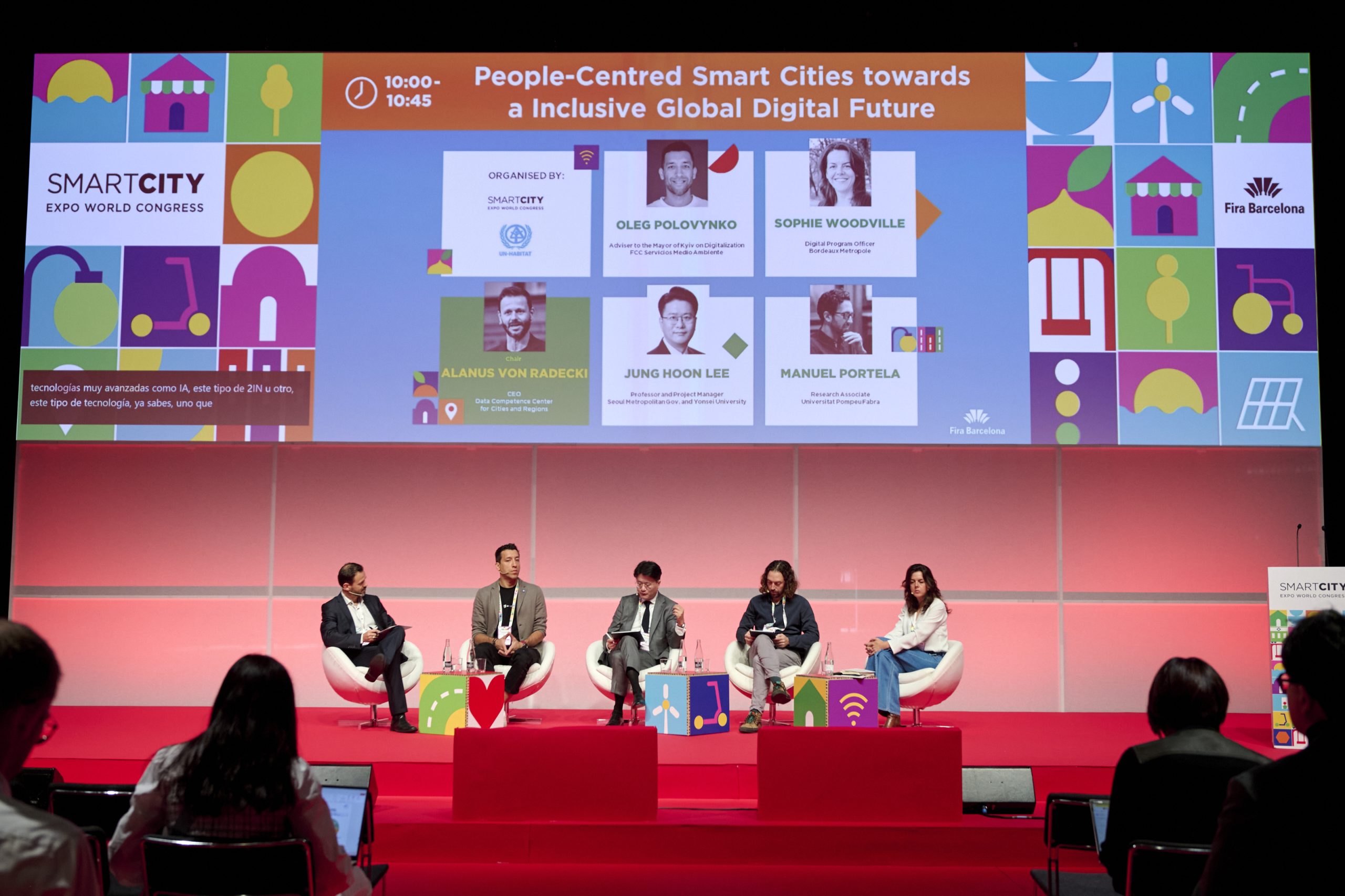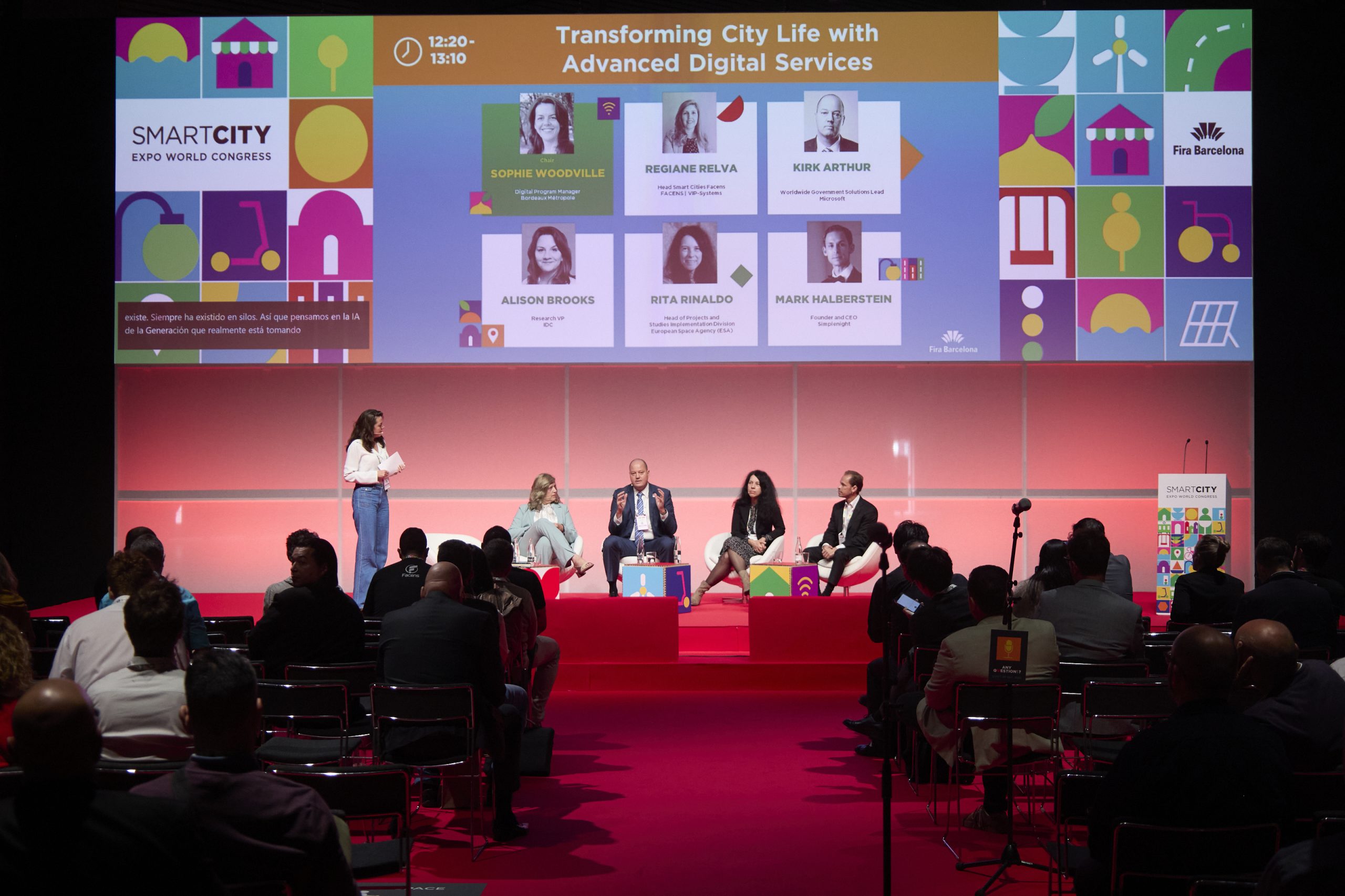Author | Elvira Esparza
The use of robots to boost security in cities has gone from science fiction to the real world. Police departments in some cities have robots to boost their surveillance tasks and to serve as a backup for other functions. There are robots that can conduct controls, detect threats and robots used for rapid response to emergencies and even explosive and bomb disposal robots.
In most cases they are autonomous androids that move about on wheels and are active 24/7. Below are some examples of robots that work in the area of security in cities:
Patrolling streets and airports
The mission of these robots is to patrol urban areas and to deter crimes in these areas. H-Bots Robotics created the first police robot in 2018 in India. This robocop was designed to receive complaints from citizens, answer queries and identify suspects through facial recognition.
In Singapore’s Changi Airport, one of the largest in the world, two police robots patrol the airport to serve as an additional police presence. They are equipped with in-built speakers to broadcast audio messages and a rear LCD panel to display visual messages, as well as cameras with 360º vision to identify any incident. During an incident, these robots can deploy a siren to warn travelers of any danger, they alert the security services and cordon off the area until the arrival of human police officers.
Prior to this, the robot called Xavier patrolled the streets of Singapore and maintained order, blasting warnings at people engaging in antisocial behavior, for example smoking in prohibited areas or improperly parking bicycles.
Traffic control
In China there are robots designed to help control traffic in various congested cities. They can perform numerous functions: Some patrol the streets and detect infringements; others alert drivers of accidents, while a third type of robot provides citizens with information and answers their questions. They are also equipped with facial recognition cameras and artificial intelligence systems to identify suspects.
Real-time surveillance

These robots assist police officers when responding to emergencies. Knightscope has designed a series of K robots that record and play videos and are used in numerous American cities to control shootings in shopping malls. New York recently approved the use of the K5 robot equipped with cameras, sensors and artificial intelligence technology to provide real-time information to police officers about any incident.
The police department has also used Digidog, a robotic dog designed by Boston Dynamics to display real-time images and sound to protect the police and minimize risks in missions such as hostage negotiations.
Disaster response
These robots are used to look for people trapped in collapsed buildings. They can detect people buried beneath rubble in places that are inaccessible to human teams. These robots are equipped with thermal cameras, movement sensors and robotic arms to facilitate the rescue. This type of robot has been used, among others, in Japan in the Fukushima disaster.
The most recent development in this area is the Kaleido humanoid robot created by Kawasaki Heavy Industries and which is capable of lifting an injured person and carrying them to safety in dangerous situations or fires. In addition, thanks to its arms and legs, it will be able to remove rubble and reach places that humans cannot get to when (if) it is finally deployed.
Bomb detection and disposal
Law enforcement agencies have been using bomb disposal robots for some time. Their mission is to detect, disable and dispose of explosives, minimizing the risks to people and property. They do this with their in-built cameras, temperature sensors and X rays to identify suspicious devices and tools to disable the explosives.
The incorporation of robots in security tasks helps improve police response times to criminal activities. However, it is up against those who view facial recognition as a violation of people’s privacy.
Images | Possessed Photography, Knightscope






















































